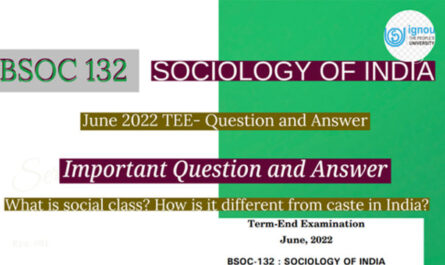Macro functions of communication refer to the broad, overarching purposes or goals that communication serves in various contexts. These functions encompass the primary reasons why people engage in communication and how they use language to convey meaning and achieve specific outcomes.
Let’s explain each of the macro functions of communication in more detail:
- Emotive Function: This function involves expressing one’s emotions, feelings, or inner states through communication. For instance, exclaiming “Oh no!” conveys a sense of distress or concern. The main goal is to convey one’s emotional state to others.
- Directive Function: The directive function is aimed at influencing the behavior or actions of others. When someone says, “Close the door, please,” they are giving direct instruction to another person. This function is used to guide or request specific actions.
- Phatic Function: The phatic function is focused on establishing or maintaining communication channels. Phatic expressions like “Hello, is it Thomas Cook?” or “Can you hear me, Mrs Gupta?” serve the purpose of checking if the communication medium is working properly or simply opening up a conversation.
- Poetic Function: This function emphasizes the form and style of the message itself. It’s concerned with the aesthetics of language and the way words are arranged to create a particular impact. The choice of words, rhythm, and structure can contribute to the artistic or expressive nature of communication.
- Referential Function: The referential function is all about conveying information, facts, or referring to external reality. When you share information, describe events, or provide explanations, you’re using communication for its referential function.
- Metalinguistic Function: In this function, the focus shifts to the language itself. Communication is used to discuss, explain, or comment on the language being used. For instance, saying, “The use of both ‘will’ or ‘shall’ is correct in modern usage,” is an example of metalinguistic communication.
- Contextual Function: The contextual function is about creating a specific context for communication. By using phrases like “Right! Let’s start the meeting now,” you’re signalling a shift in the situation or setting the stage for what’s to come.
In summary, the macro functions of communication outline the diverse roles that communication serves in human interactions. These functions go beyond the simple transmission of information and highlight the multifaceted nature of language and communication. They encompass expressing emotions, giving instructions, maintaining communication channels, focusing on the language itself, emphasizing aesthetics, sharing information, and creating contextual settings. Each of these functions plays a vital role in effective communication, contributing to the richness and depth of human interaction.


